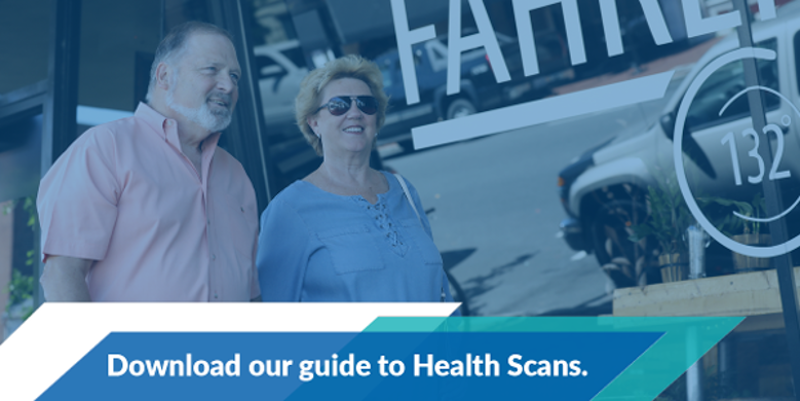If you’re a post-menopausal woman, you should ask your doctor about a DEXA Scan. A DEXA Scan is a test to measure bone density. DEXA stands for Dual-energy X-ray Absorptiometry and is also sometimes referred to as Bone Densitometry. It helps your doctor diagnose or predict your risk of developing osteoporosis using low-dose x-rays, and can also help predict your risk for bone fractures.
Your Bones Begin to Deteriorate After Age 35
From birth until about age 35, your bones continue to grow. Somewhere in your mid-thirties, your bones start breaking down faster than they can rebuild. Bones become even weaker after women reach menopause and estrogen levels decline sharply. The result is lower bone density and a higher risk for osteoporosis. A DEXA scan can help your doctor determine your risk. Then you and your doctor can work together to decide on what you need to do to combat the problem.

What is Osteoporosis?
The National Osteoporosis Foundation defines Osteoporosis as, “A bone disease that occurs when the body loses too much bone, makes too little bone, or both.” When you don’t have enough bone mass, your bones become weaker. That means that you are more susceptible to fractures from minor stress on the bones.
What to Expect in a DEXA Scan
There are two types of DEXA Scans …
- Central DEXA
- Peripheral DEXA (aka p-DEXA)
For a Central DEXA scan, you lie on a soft table while a scanner passes over your lower spine and hip area. In some cases, your doctor will order a full-body scan. The test itself does not need preparation, and in most cases, you won’t even have to undress and don a hospital gown.
A p-DEXA scan involves a smaller machine that can measure the bone density in your wrist, fingers, leg, ankle and heel. These are typically found in health care offices, pharmacies, health fairs, and sometimes even in shopping centers.
The Central DEXA scan is the test typically used to predict your risk of fractures and osteoporosis.
Both tests are completely painless and can be performed on anybody except women who are pregnant or suspect that they might be pregnant.
Take a look at our screening form, where you can see actual recommendations and criteria.





